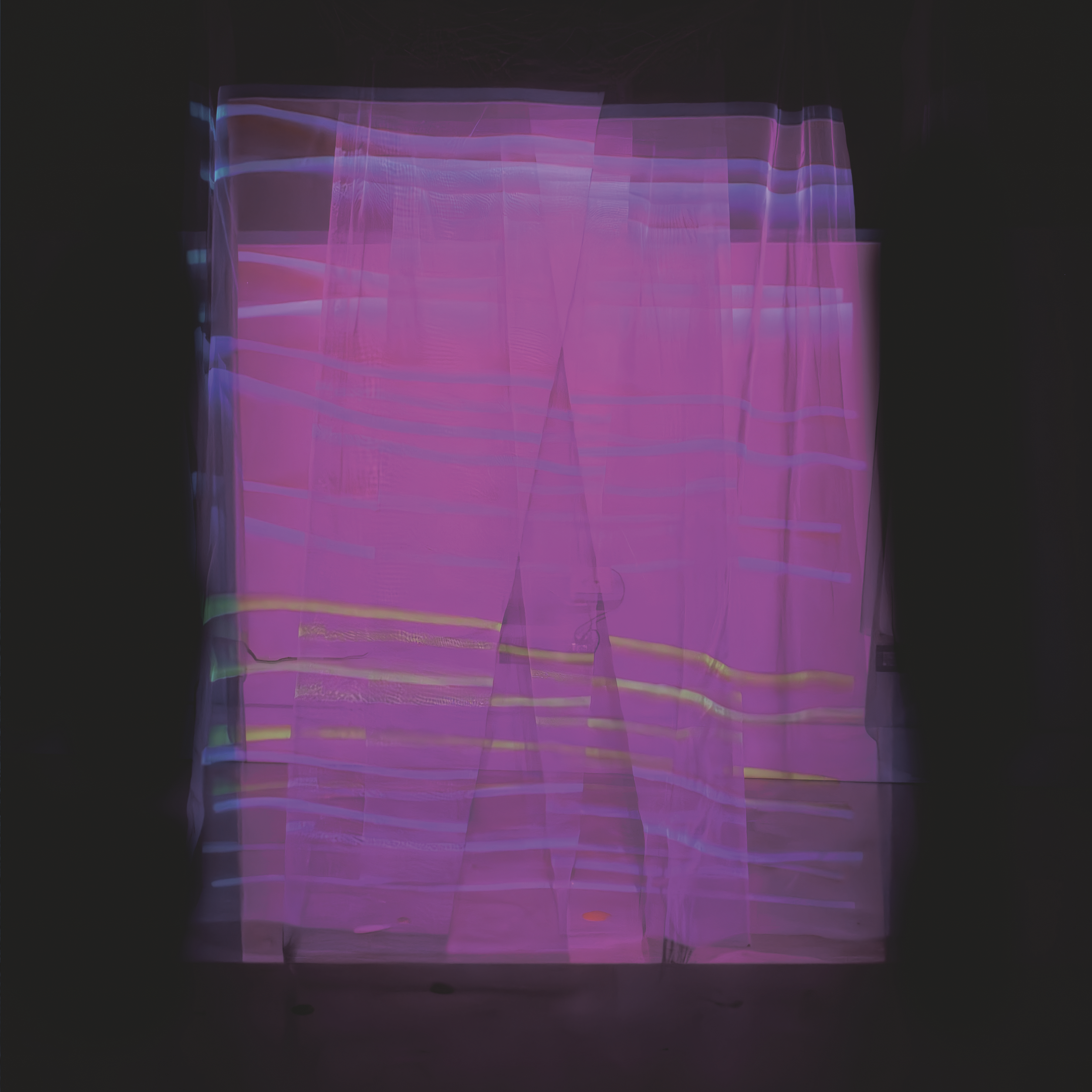


DATA SHEET
Title / Título:
Sea Invaders / Invasores del mar
Team members / Miembros del equipo:
David Orellana Martín (ES) computer science engineer / informático, Helena Hernández Acuaviva (ES) artist / artista and Jesús Ibáñez Martínez (ES) creative programmer / programador creativo
Scientist / Científico:
Xavier Salvador Costa (ES) biologist and researcher / biólogo e investigador
Institut de Ciències del Mar (ICM, CSIC)
Seed / Semilla:
“Nuevos Vecinos”
Technique / Técnica:
SciArt installation, tulle fabrics, audiovisual projections, ultrasound sensors, Arduino, Raspberry Pi / Instalación SciArt, telas de tul, proyecciones audiovisuales, sensores de ultrasonido, Arduino, Raspberry Pi
Dimensions / Dimensiones:
200 x 150 x 200 cm
SEED
Climate change affects ecosystems, altering the distribution of species. Those adapted to higher temperatures expand their range, while others move to cooler areas. Some arrive naturally and cause “alarm,” but later, the wolf turns out to be a lamb. On the other hand, despite being aware of their negative impact, we do not act due to the benefits derived from their exploitation. Additionally, humans play with translocating species that can become invasive. Early detection of these species is crucial for their control, and citizen participation is essential for this purpose. As humans, the greatest invasive species, we label others as such without seeing ourselves. The Mediterranean is changing, for better or worse, and it is important to help it in any way we can.
THE VISION OF THE CREATORS OF THE WORK
The change in temperatures and anthropogenic activities have notably affected the Mediterranean Sea, with significant environmental repercussions and causing rapid alterations in the marine ecosystem. Many species from different regions of the world have had to migrate, partly due to human actions, either voluntarily or involuntarily, through the most trafficked maritime routes, such as the Strait of Gibraltar. A considerable number have done so by attaching to the hulls of ships or within them in ballast water, which is used in maritime navigation to ensure a ship’s stability. Those exotic species adapted to higher temperatures have adjusted better to the environment and each day have more area to inhabit without problems, thereby increasing their range of distribution. Some of these species have been introduced with a positive impact, but others have become invasive species that have had a negative impact on the environment. Similarly, due to this progressive increase, native species have been forced to move to cooler areas.
In this context, reflection on these issues has led an interdisciplinary team to delve into the difficulties caused by invasive species in the Mediterranean. The research of a marine biologist, focused on global warming, invasive exotic species, and biodiversity loss, has served as an inspiring seed for this endeavor. The art installation Sea Invaders aims to reflect this problem, empathizing with the suffering caused to the invaded marine species. The experience is constructed from tulle fabrics, audiovisual projections, sand, and ultrasound sensors. Here, the viewer is essential to complete the work: by entering the marine habitat, they will perceive themselves as an invasive species or, symbolically, as the carrier of new species, leaving a negative environmental footprint.
CURATOR'S VISION OF THE WORK
The art installation Sea Invaders offers a poignant reflection on the crisis of invasive species in the Mediterranean, inviting viewers to immerse themselves in the marine habitat and symbolically experience the impact of being another invasive species or a carrier of new species. This immersive experience compels us to empathize with the difficult situation of the marine ecosystem and contemplate our own environmental footprint.
By symbolically positioning us as invasive species, this SciArt work fosters a sense of empathy and ethical duty to mitigate the damage caused by human activities. It urges us to move from observation to action, emphasizing the importance of considering the well-being of all living creatures.
It challenges viewers to reconsider their relationship with the natural world, their perception of reality, and their ethical responsibilities towards the environment. Ultimately, it makes us ask: is there still hope? The answer may lie within each of us, as we become more aware of the impact of our actions on the environment. Though the challenges are great, our scientists, supported by citizen science communities, convey the message that our capacity for innovation, compassion, and change remains alive and must be nurtured.
Con la colaboración de la Fundación Española para la Ciencia y la Tecnología – Ministerio de Ciencia, Innovación y Universidades @fecyt_ciencia















